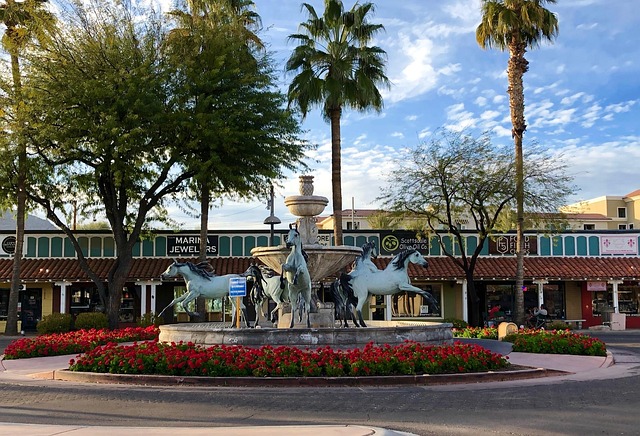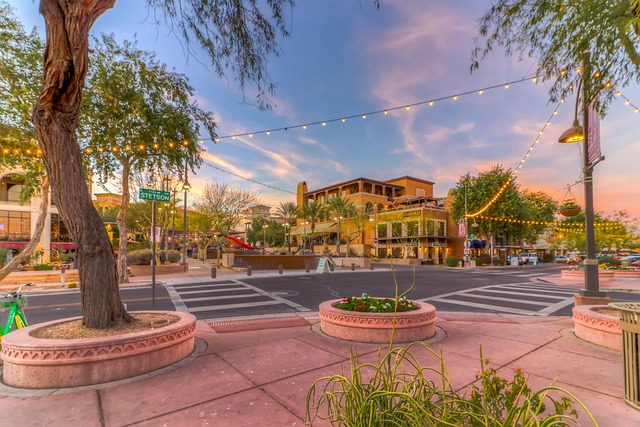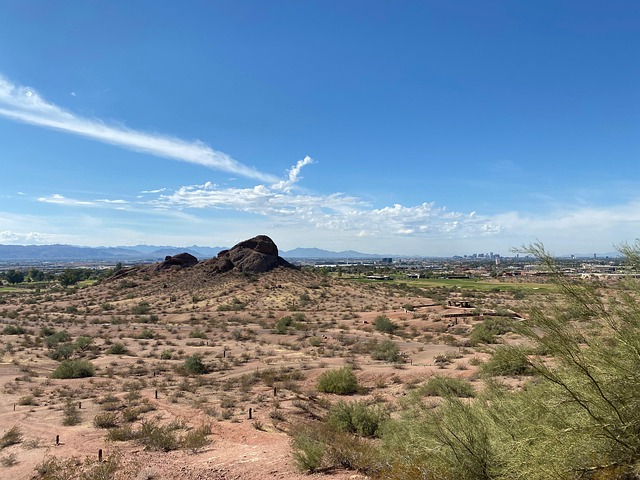A recent trend of arts district growth highlights the economic and social value of art in cities. Real estate developers and urban planners are responding by creating spaces tailored to artistic communities. Galleries serve as key cultural hubs, attracting art enthusiasts and enhancing urban life quality. Real estate plays a transformative role, converting underutilized areas into vibrant artistic centers that enrich a city's cultural fabric.
In today’s vibrant urban landscape, the evolution of arts districts has become a potent force, redefining city spaces and fostering creativity. This transformation is not just about aesthetics; it’s driven by real estate innovations that unlock new avenues for artistic expression. From bustling galleries to transformative urban landscapes, this article explores how arts districts are attracting art enthusiasts and becoming a game-changer in the real estate realm.
Unlocking Creative Spaces: The Rise of Arts Districts

The concept of arts districts has been gaining traction in recent years, transforming urban landscapes and revolutionizing how communities engage with creative expression. These vibrant hubs emerge as real estate gems, attracting artists, galleries, and cultural enthusiasts alike. The rise of arts districts can be attributed to a growing recognition of the economic and social impact that arts and culture have on cities.
With their unique atmosphere and diverse offerings, these districts unlock new creative spaces, fostering collaboration and inspiring innovation. Real estate developers and urban planners are now embracing this trend, designing properties that cater to artistic communities. As a result, artists find themselves at the forefront of city development, shaping metropolitan areas into thriving cultural centers where art isn’t just appreciated but embraced as an integral part of daily life.
Galleries as Gateways: Attracting Art Enthusiasts
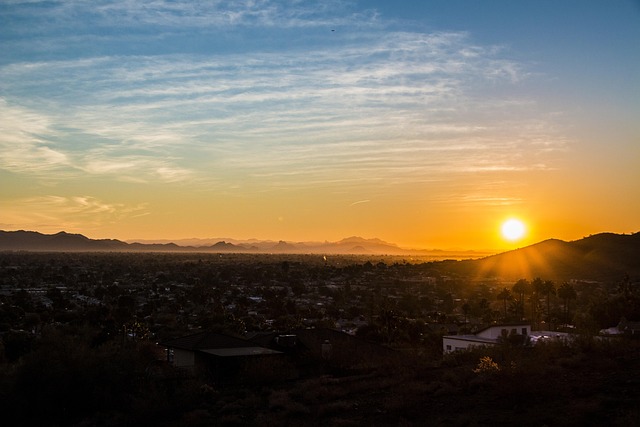
Galleries play a pivotal role in the vibrant tapestry of any arts district, serving as gateways that attract art enthusiasts from near and far. These spaces aren’t just exhibit halls; they are cultural hubs that cultivate community engagement and spark curiosity. The real estate value of such districts isn’t solely measured by the price of properties but also by the artistic energy they house.
With each exhibition, galleries offer a unique window into diverse artistic visions, fostering dialogue and inspiring creativity. They become landmarks that draw both locals and tourists, contributing to the economic vitality of the surrounding area. This organic attraction creates a symbiotic relationship between real estate development and cultural thriving, where art becomes an integral part of urban life, enriching the overall quality of living for all residents.
Real Estate's Role: Transforming Urban Landscapes
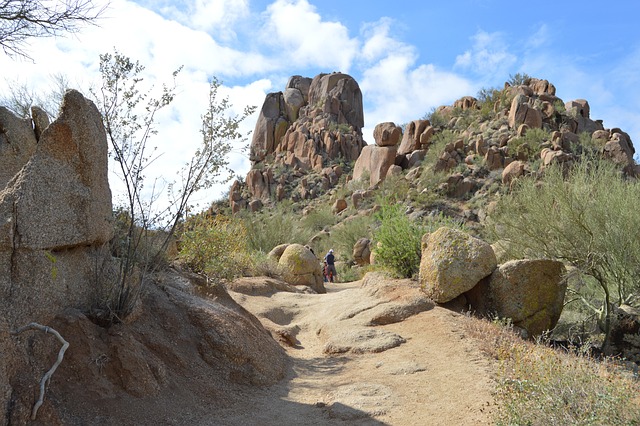
The role of real estate in transforming urban landscapes is undeniable, especially within burgeoning arts districts. As artists and galleries seek vibrant spaces to thrive, developers play a pivotal role in reshaping cityscapes. They identify underutilized areas and convert them into bustling hubs for artistic expression, attracting both local talent and international exhibitions. This process involves meticulous planning and execution, ensuring that the unique character of the neighborhood is preserved while enhancing its cultural appeal.
Real estate developments in arts districts often involve adaptive reuse, where historic buildings are meticulously restored to house galleries, studios, and performance spaces. This approach not only adds architectural diversity but also creates a sense of place that resonates with artists and visitors alike. The synergy between real estate visionaries and urban planners results in dynamic, thriving communities where the arts flourish, ultimately enriching the cultural fabric of the city.

